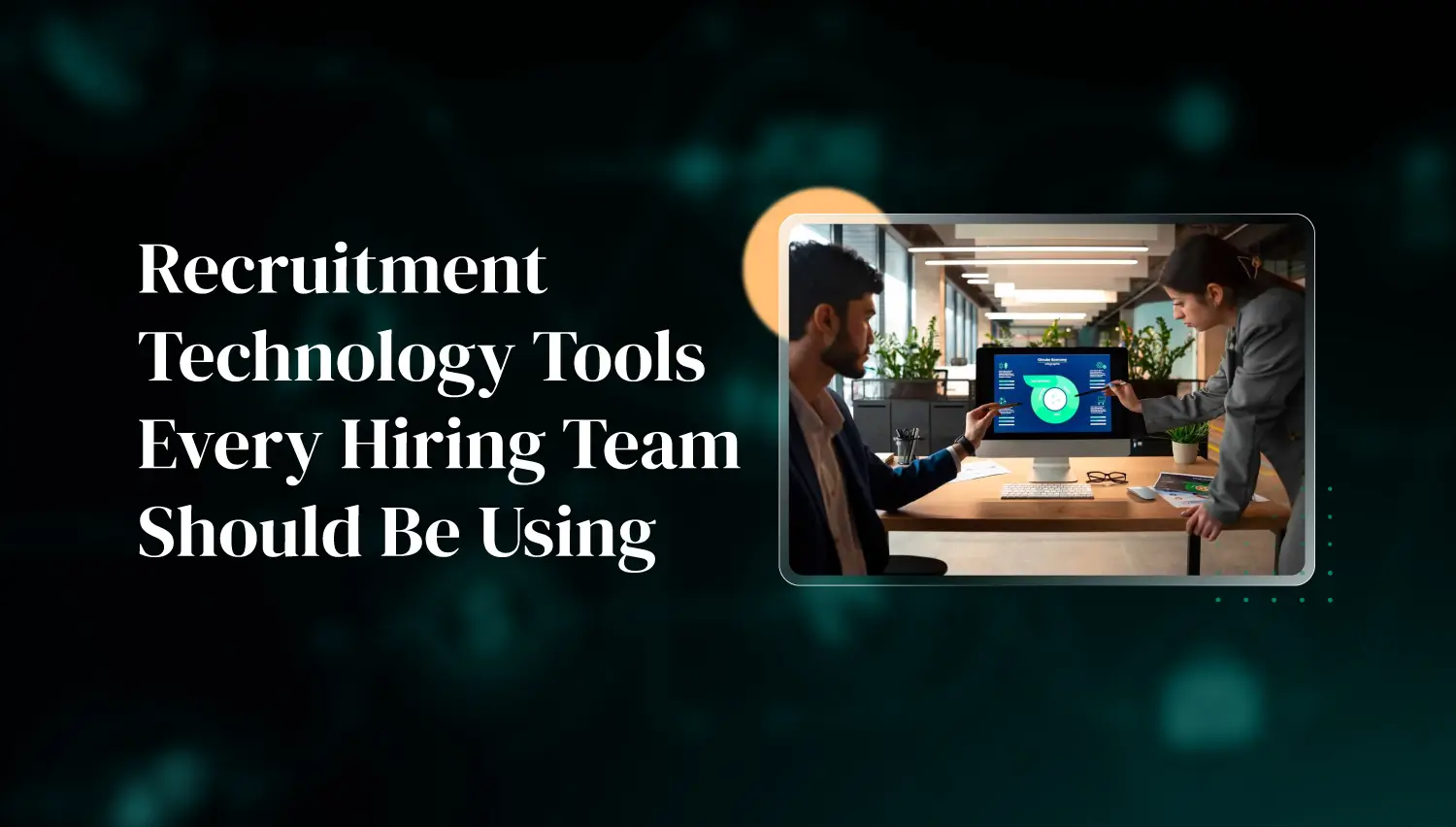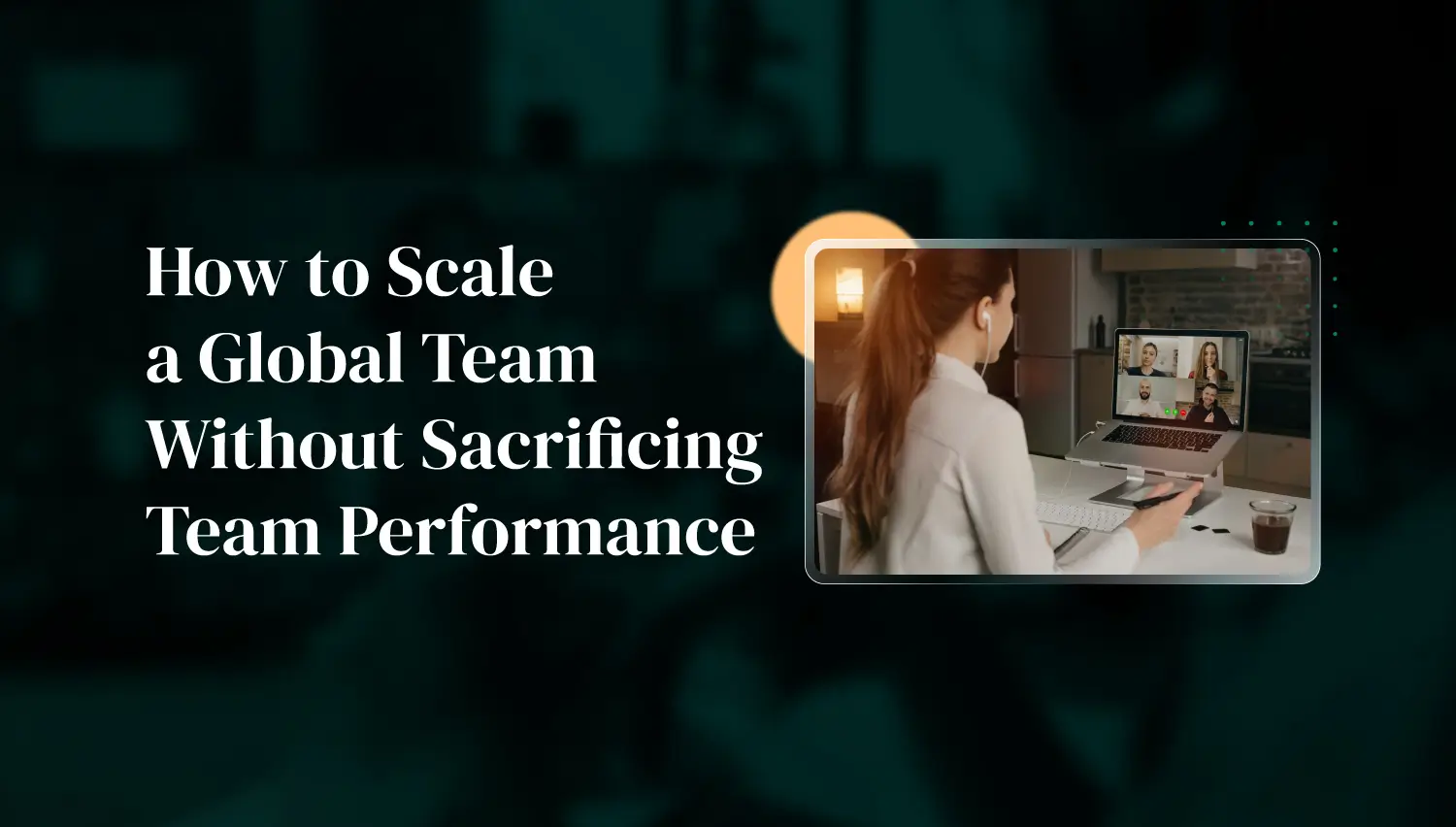A few years ago, I was helping a founder scale their team after landing a major enterprise deal. Overnight, their hiring needs quadrupled. We were looking at 20+ client-facing roles that needed to be filled within two months, and their internal recruiter was already stretched thin keeping day-to-day operations moving.
I knew we couldn't just throw more job posts at the problem. So I worked directly with the leadership team to scope an RPO solution: one that could extend our recruiting capacity without compromising the company's tone, values, or candidate experience.
We embedded an RPO team into our hiring workflow, built shared scorecards, and rebuilt the top-of-funnel strategy from scratch. Within a few weeks, they were handling sourcing, screening, and interview logistics (while we stayed focused on evaluating and closing top talent).
That experience reaffirmed something I've seen repeatedly: when the stakes are high and speed matters, a strong RPO partner can be the difference between scaling successfully and stalling out.
What Is Recruitment Process Outsourcing, Really?
At its core, recruitment process outsourcing (RPO) means handing over all, or part, of your hiring function to an external team that specializes in it. It's not just about filling roles faster. Done right, RPO embeds a talent partner into your business, aligning with your internal team, processes, tech stack, and employer brand.
The scope can range from sourcing and screening to offer management and onboarding. Some companies use RPO end-to-end across all departments, while others tap into it selectively, for example, when scaling a sales team in a new market or building out a tech function after a funding round.
The biggest value isn't just capacity; it's consistency and focus. While in-house teams juggle dozens of priorities, an RPO team is singularly focused on hiring outcomes, candidate experience, and pipeline quality.
If you're thinking, "That sounds a lot like an internal recruiting team," you're right. The difference is speed, scale, and sustained execution.

Why RPO Is Becoming a Go-To for Hiring Teams in 2025
Hiring has shifted from a support function to a core growth lever. That shift is driving serious demand for RPO. The global RPO market is expected to hit nearly $9.5 billion in 2025, with a CAGR exceeding 16%. Behind those numbers is a clear trend: companies need to hire more strategically, and they need help doing it.
One driver is the widening skill gap. Technical roles, revenue teams, and even operations positions now require nuanced sourcing and outreach. At the same time, the rise of remote and hybrid work has expanded the talent pool globally, making searches more complex, not less.
RPO firms are also integrating more advanced tooling. AI-enabled sourcing, automated screening, and real-time analytics have raised expectations around efficiency and reporting. That means leaders are looking for more than just extra hands; they're looking for partners who can operationalize high-performance hiring.
All of this makes RPO a compelling option for any team that needs hiring to move faster without losing quality.
How Recruitment Process Outsourcing Actually Works
RPO isn't a one-size-fits-all service. It's a structured, often embedded partnership that adapts to your hiring needs, tech environment, and internal workflows. Here's how it typically breaks down.
Understand the Different Types of RPO Models
There are four primary RPO models:
- End-to-end RPO: The provider handles the entire recruitment lifecycle (from job description to onboarding).
- Project-based RPO: Used for short-term hiring surges (e.g., product launches, seasonal volume).
- Selective RPO: Targets specific components like sourcing, screening, or interview coordination.
- Hybrid RPO: Blends internal and external resources across departments or regions.
The best model depends on what's constraining your hiring: bandwidth, sourcing reach, process execution, or all three.
Know What Services Are (and Aren't) Included
While models vary, most RPO partnerships can cover:
- Job advertising and branded outreach
- Talent sourcing and pre-screening
- Interview scheduling and coordination
- Candidate communications and offer management
- Onboarding support
- Reporting and analytics
What's typically not included? Internal team management, compensation approvals, or systems-level HR policy (though RPOs often advise on these).
See How Integration with Your Team Really Works
High-performing RPO partners embed directly into your team's workflow. That often means adopting your ATS, working in your Slack channels, and representing your brand in candidate comms. Some even attend your standups or hiring committee reviews.
This integration ensures candidates feel a seamless experience, and your internal team doesn't need to manage a separate layer of coordination.
Use Technology to Power Up Your Pipeline
Most modern RPO providers bring their own tech stack: AI-powered sourcing tools, CRM systems, screening bots, scheduling automation, and dashboard-style analytics. Some plug into your existing systems, others offer theirs as an overlay.
This tooling isn't just for speed: it enables visibility, consistency, and better decision-making throughout the funnel.
How to Get the Most Value From RPO
RPO can be transformative, but only if it's aligned with your stage, culture, and hiring objectives. These are the levers that matter most.
Match the Model to Your Stage and Hiring Goals
A Series A company building out its first GTM function needs a different RPO approach than a global enterprise doing quarterly sales hiring. Get clear on what you're solving for: volume, speed, specialization, consistency, or geographic reach.
RPO is flexible, but misalignment on scope leads to waste. A good partner will help you define the right mix of embedded support and outcome-based delivery.
Make Sure They Understand Your Employer Brand
Every touchpoint with a candidate shapes how your company is perceived. If your RPO partner isn't calibrated to your voice, values, and positioning, you risk inconsistency or worse, damage to your reputation.
Strong RPOs work closely with marketing, product, or operations teams to sync up on brand tone and value prop. It's not just what they say; it's how they say it, and who they say it to.
Track What Matters: Metrics That Actually Drive Hiring Quality
Avoid vanity metrics like application volume. The real indicators of RPO success include:
- Time to shortlist
- Quality of hire (retention, performance)
- Interview-to-offer ratio
- Candidate NPS
- Funnel conversion by stage
Ask for dashboards that give your team real visibility and use the data to refine the process in real time.

Don't Compromise on Diversity or Fairness
An RPO partner should help improve (not dilute) your diversity goals. That includes bias-aware sourcing, inclusive job descriptions, and structured interviews. Look for providers who can explain how they audit their processes and screen their tools for bias.
Especially with AI in the mix, it's critical to have transparency into how candidates are sourced, filtered, and advanced.
Avoid These Common Pitfalls in RPO Partnerships
The upside of RPO is real, but so are the risks if the partnership isn't structured right. These are the most common failure points and how to stay ahead of them.
Don't Lose Sight of Internal Talent Strategy
RPO should expand your hiring capacity, not replace your strategic thinking. If internal teams disengage or stop owning outcomes, quality can slip, and cultural alignment gets fuzzy.
Keep your internal team close to the process. Use RPO as execution support, not as a substitute for workforce planning or hiring philosophy.
Avoid Getting Locked Into the Wrong Vendor
Not all RPO contracts are designed with flexibility in mind. Overly rigid SLAs or long-term commitments can trap you in a model that no longer fits.
Push for clear performance milestones, transparent opt-outs, and regular checkpoints to recalibrate scope as your needs evolve.
Keep an Eye on Compliance and Bias in AI Tools
If your RPO partner is using AI-driven screening tools, you're still responsible for ensuring compliance with employment laws and fairness standards.
Ask for documentation on how tools are vetted for bias, how data is handled, and what human oversight exists. Especially in global hiring, compliance standards vary, and you don't want surprises.
Measure ROI, Not Just Cost per Hire
It's easy to fixate on cost, but the real metric is value. A lower cost-per-hire doesn't mean much if your retention drops or candidate quality suffers.
Build an ROI framework that includes both quantitative metrics (time to fill, quality of hire) and qualitative ones (hiring manager satisfaction, candidate experience). That's how you turn RPO into a true performance lever, not just a budget line.
RPO Isn't About Outsourcing Hiring. It's About Leveling It Up
If you're exploring RPO, the stakes are high. The right partner won't just help you fill roles; they'll improve your entire recruiting infrastructure. That means integrating with your workflows, preserving your employer brand, surfacing the right candidates faster, and giving you visibility into what's working and what's not.
Somewhere is one of the best RPO companies, built specifically for teams that need hiring to be both high-quality and high-speed. We partner with startups, scaleups, and globally distributed teams to deliver embedded recruitment solutions that flex with your needs, whether you're building a new function from scratch or scaling a proven one across borders.
If you're thinking about RPO as a way to operationalize your next stage of growth, let's talk. Fill out the contact form below, and we'll help you assess whether RPO is the right lever and how to make it work for your hiring goals.











.webp)


